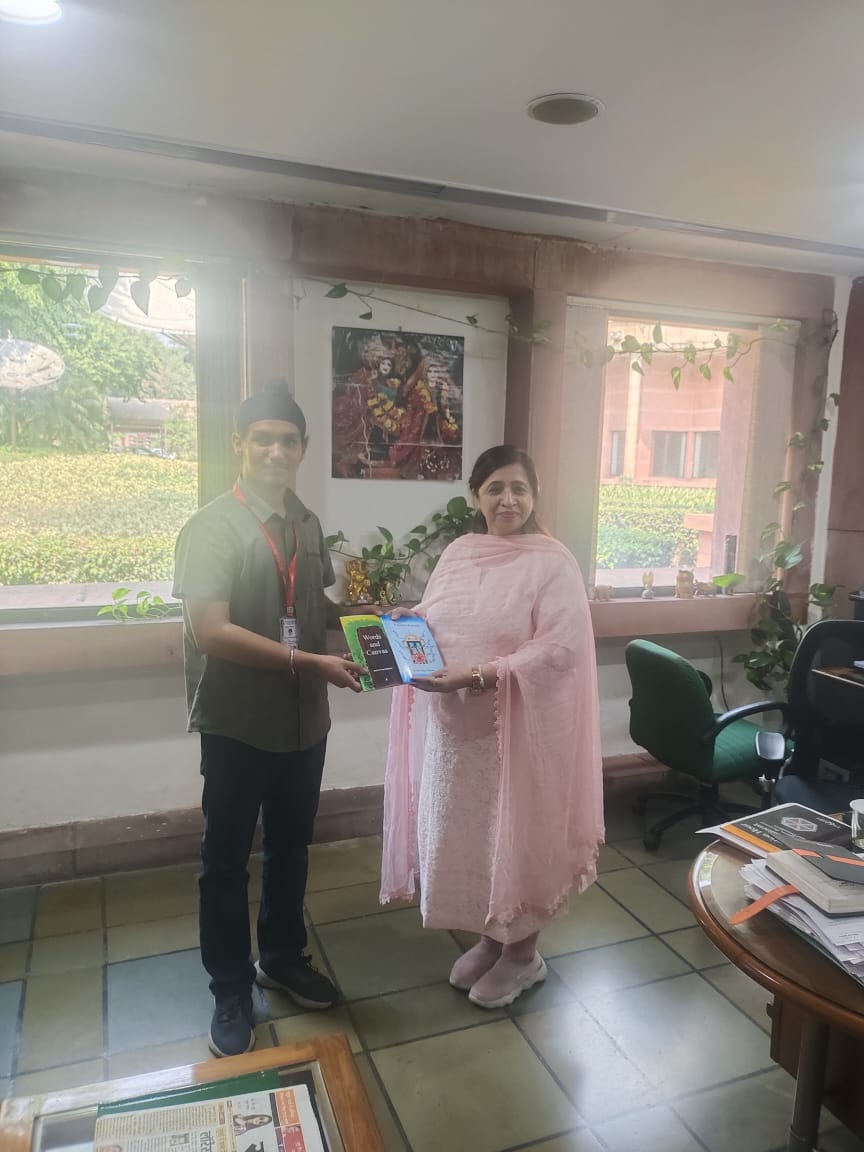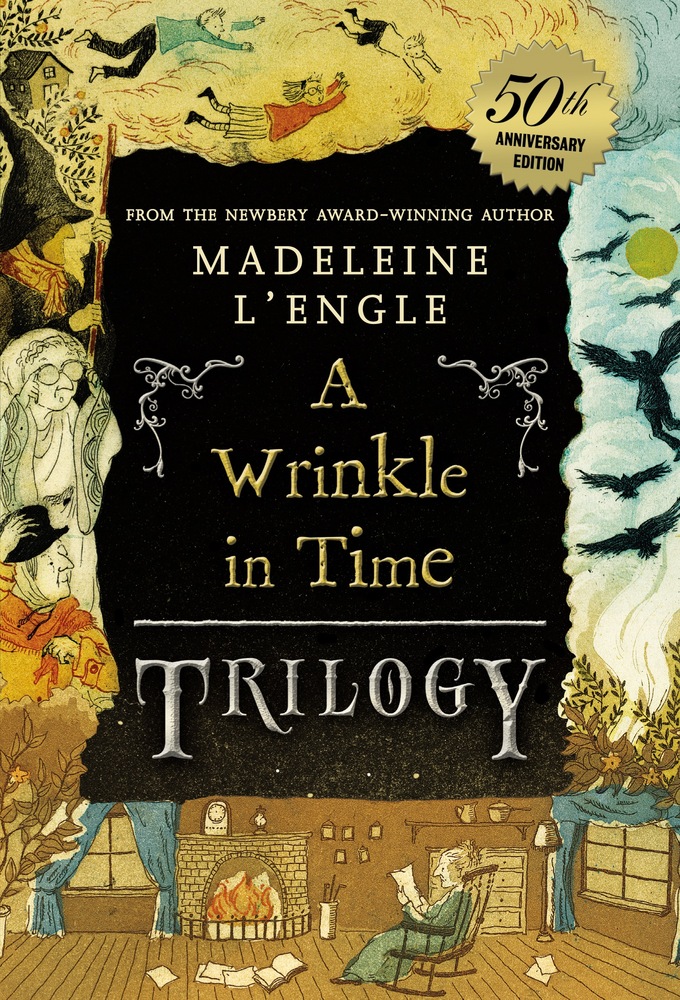“Learning How to Fly” is a memoir written by A.P.J. Abdul Kalam, the former President of India, about his life and his journey from a small town in South India to becoming one of the most prominent figures in Indian politics.
The book is divided into eighteen chapters and covers different aspects of Dr. Kalam’s life, from his childhood to his days as a scientist and then as the President of India. Kalam writes in a simple and engaging style, and the book is filled with anecdotes and personal stories that make it an enjoyable read, it’s basically like a compilation of various addresses and interactions at various institutions, colleges and school with students.
One of the strengths of the book is Dr. Kalam’s ability to inspire and motivate the reader. He writes about the challenges he faced in his life and how he overcame them through hard work, determination, and a positive attitude. He emphasizes the importance of having a dream and working towards it with dedication and perseverance.
Another important theme in the book is Dr. Kalam’s love for science and technology. He describes his early fascination with aeroplanes and how he was inspired by the works of great scientists such as Sir C.V. Raman and Dr. Vikram Sarabhai. Kalam’s passion for science led him to become a scientist himself, and he writes about his experiences working on India’s missile program and other scientific projects.
Dr. Kalam also writes about his experiences as the President of India. He describes the various challenges he faced and the initiatives he took during his tenure, such as the “PURA” project which aimed to provide basic amenities and infrastructure to rural areas. Dr.Kalam’s deep concern for the welfare of the people of India is evident throughout the book, and he emphasizes the importance of a strong and inclusive society.
Dr. Kalam shares various stories and experience he had in life, and an intelligent person always learns from experience of other people. Dr. Kalam dreamt of mostly youth with need to be empowered with knowledge from books and journals. Hence the role of libraries is very important in this domain.
However, the book is not without its flaws. Some readers may find the writing style too simplistic, and the book lacks the depth and complexity of a more analytical memoir. Additionally, the book is largely focused on Dr. Kalam’s achievements and does not delve deeply into his personal struggles or failures.
To summarize, “Learning How to Fly” is an inspiring and uplifting memoir that celebrates the power of hard work, determination, and a positive attitude. Dr. Kalam’s personal stories and anecdotes make the book an enjoyable read, and his passion for science and technology is contagious. While the book may not be for everyone, it is a valuable addition to the genre of memoirs and is recommended for anyone looking for a motivational read.

)
)
)
)
)
)
)
)
)
)